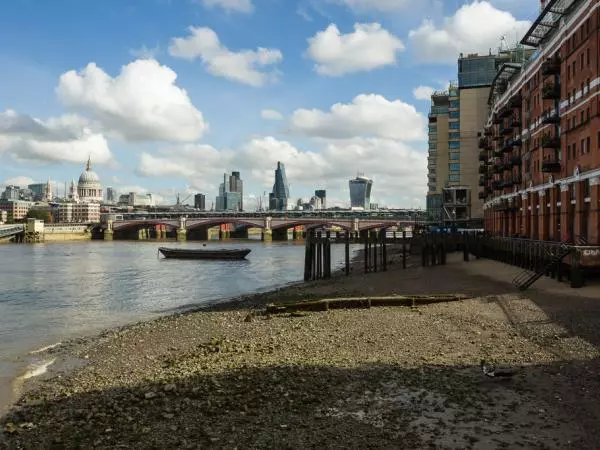
T.T.C.
In the course of the series, I have developed various techniques of analog manipulation to achieve similar results. Consequently, there are hard and gentle techniques which lead to such deformations. The individual techniques are applied in part alone, partly mixed.
In some pictures, you can find up to three different techniques, while other images remain with only one technique. Accordingly, the time required by the images is large to very large. While one picture is finished after one day, others will take several days to complete.
I chose the black-and-white photography to consciously direct the viewer's gaze. Black and white is a clear reduction to the essentials. With such a strong reduction, light and shadow conditions play the decisive role. Light, shadow, form, deformation and expression are the main actors of my work.
In contrast to the classic black-and-white portrait, in which the characteristics of the portraitist are transferred to the black and white tonal values, my portraits show no character or individuals; They are not even real people, but freely constructed images.
I get inspirations for the work from the influences that people are exposed to every day and which influence, manipulate and shape them in different ways. To explore the human psyche is part of my work. I would like to make things visible, which are otherwise hidden in the secret - push the inside outwards. I see my pictures as a crossover between reality and dream.
The faces are still recognizable as beautiful faces, but were absolutely anonymized by the deformation. The existing secret of the analogous deformation leaves room for personal interpretations. One arrives at the point of questioning oneself in one's own role.
My goal is to present with the photograph emotional states, which cause the viewer to reflect himself and the work as such. As soon as the viewer is closer to the picture and lingered for a certain time, this goal is achieved. For me, photography is both a tool and an artistic tool to explore inner and outer structures.
 Share / Save
Share / Save





































Commenti 0
Inserisci commento